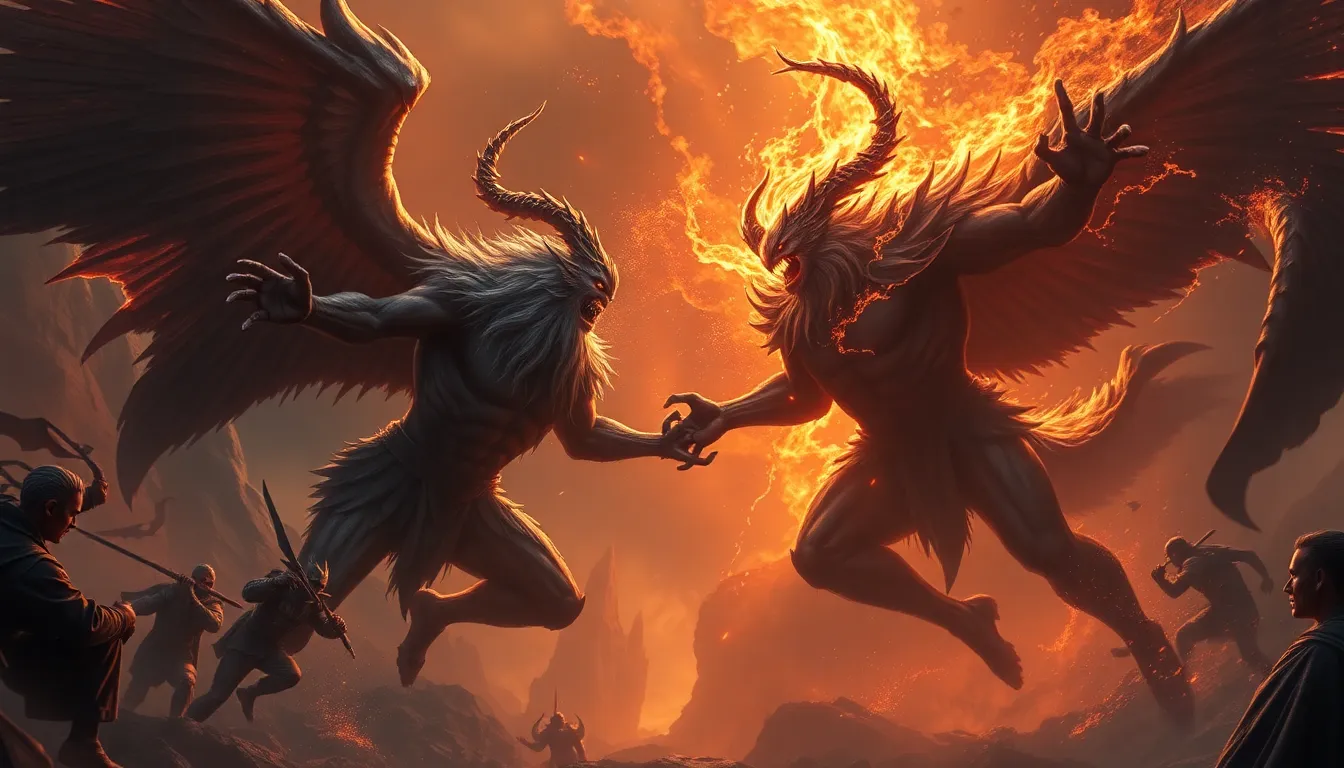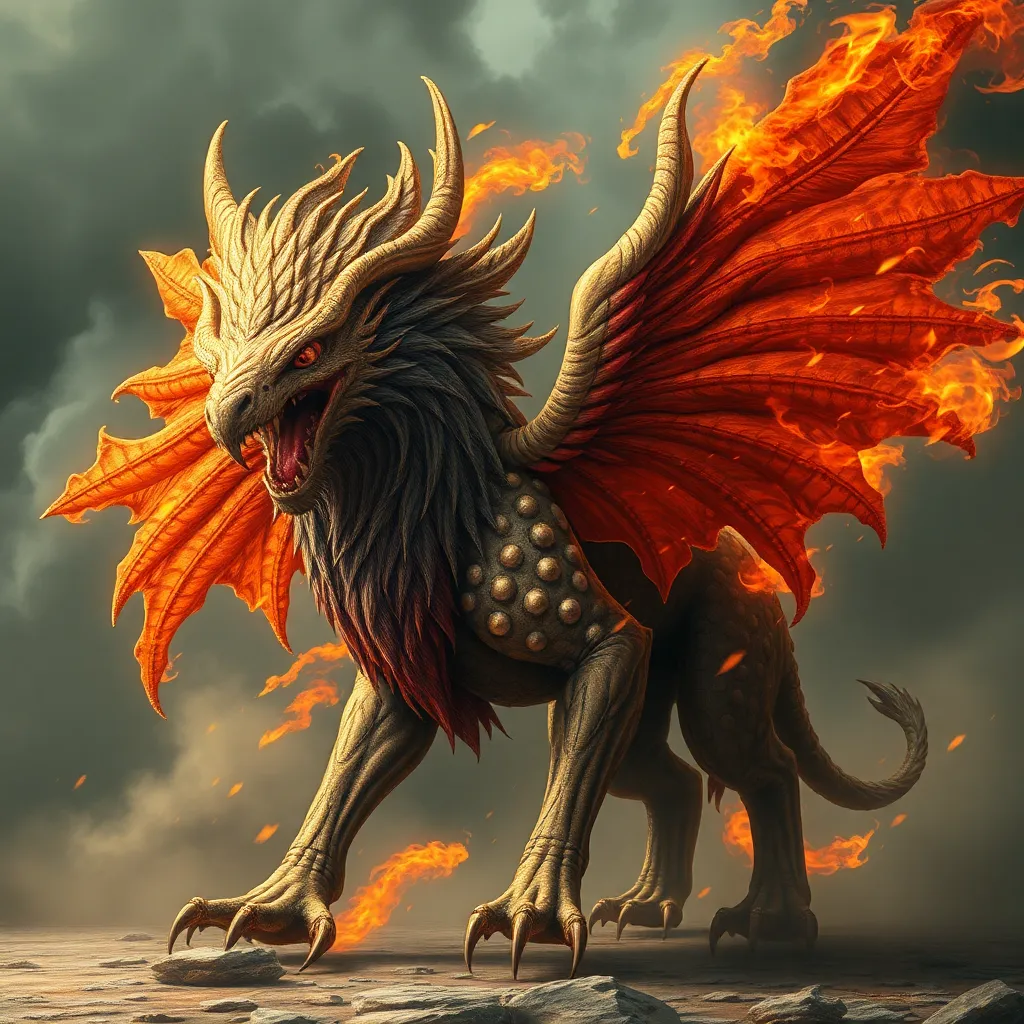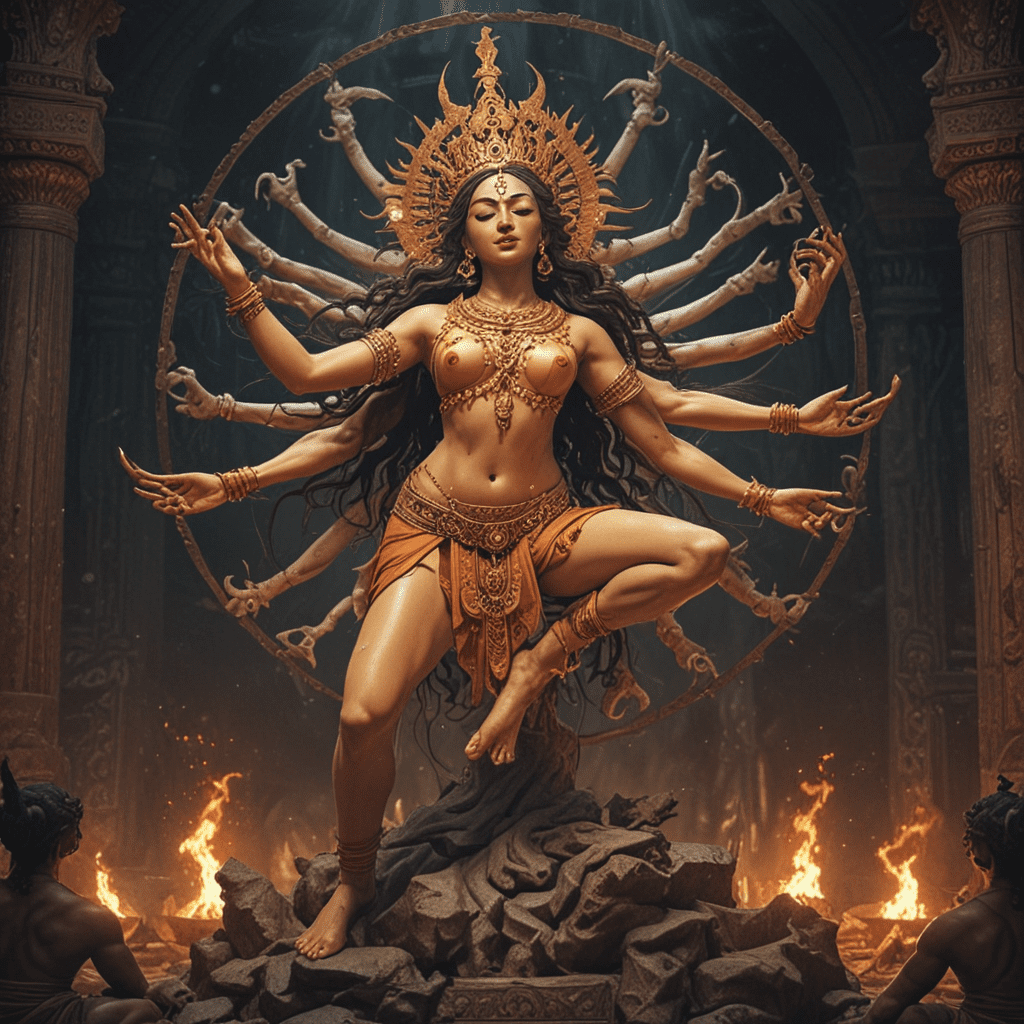The Symbolism of Stars in Persian Mythology
Introduction
Persian mythology, with its rich tapestry of ancient tales and beliefs, has always held a deep fascination with the stars. The vast expanse of the night sky, sparkling with celestial wonders, has inspired generations of Persians to weave intricate stories and imbue the stars with profound meaning. From guiding travelers in the desert to representing celestial beings and shaping destinies, the stars have played a pivotal role in Persian mythology, shaping not only its narratives but also its cultural identity.
Stars as Guides and Protectors
For centuries, Persians have traversed vast deserts and treacherous mountain ranges, relying on the stars as their guiding lights. The constellations, with their distinct patterns, served as celestial maps, leading caravans and travelers to their destinations. The North Star, or Polaris, held a particular significance, acting as a fixed point in the ever-shifting heavens, offering unwavering direction to those navigating the unknown.
Beyond their practical function, the stars were also believed to hold protective power. The ancient Persians saw the celestial bodies as guardians against evil spirits and misfortune. The twinkling stars were thought to ward off darkness and negativity, offering reassurance and a sense of security to those venturing into the unknown.
Constellations and Celestial Beings
The constellations, formed by the arrangement of stars, held a special place in Persian mythology. Each constellation was associated with a specific celestial being, hero, or mythical creature. Ursa Major, the Big Dipper, was believed to be the Great Bear, while Orion was identified with the mighty hunter. These associations infused the constellations with personality and purpose, weaving them into the fabric of Persian myths and legends.
The constellations were not merely static figures in the sky but active participants in the celestial realm. They were believed to influence human affairs, embodying virtues and guiding the course of life. The stories associated with the constellations reflected the values and beliefs of the Persian people, offering insights into their worldview and relationship with the cosmos.
The Seven Stars (Haft Peykar)
The seven stars, known as Haft Peykar in Persian mythology, hold a profound significance in the realm of celestial symbolism. Each star is associated with one of the seven planets, the seven days of the week, and a specific color. These associations赋予the stars with unique characteristics and influence, reflecting the interconnectedness between the celestial and terrestrial realms.
The story of Bahram Gur and the seven princesses, each representing a different star,



